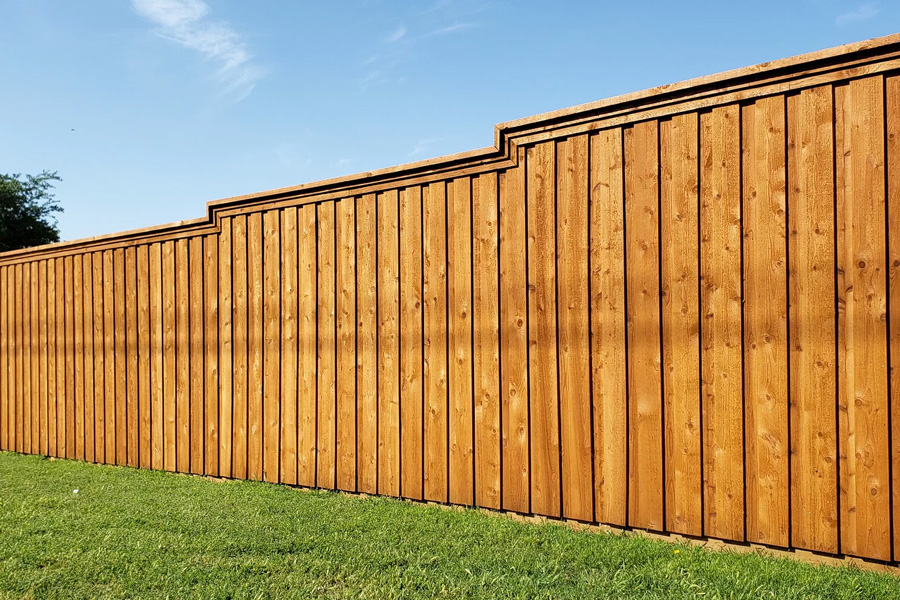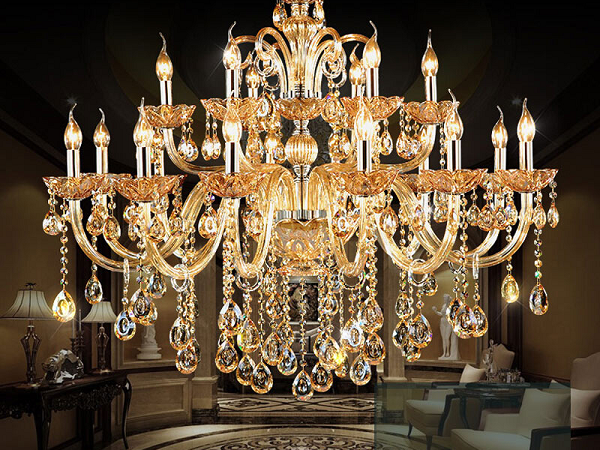Noise-Reducing Fencing Options for Urban Homes

Living in urban areas offers many conveniences, but it often comes with a significant downside—noise pollution. Whether it’s the constant hum of traffic, nearby construction, or the chatter of passersby, unwanted noise can disrupt the peace and quiet many homeowners crave. Fortunately, there are solutions to mitigate this problem, and one of the most effective ways to reduce noise pollution in your garden or home environment is through well-designed fencing.
For residents in Bradford and other busy urban areas, choosing the right noise-reducing fencing solution can transform their outdoor space into a more tranquil haven. In this guide, we will explore various fencing options, their materials, installation considerations, and how they can help you reclaim your quiet space.
Understanding How Noise Travels
Before diving into specific noise-reducing fencing options, it’s essential to understand how sound travels. Noise travels in waves and can be absorbed, reflected, or diffused by different materials and structures. In an urban environment, where open spaces are limited, hard surfaces such as buildings, roads, and concrete walls can amplify and bounce sound waves, making noise seem louder than it is.
To effectively reduce noise, you need a fencing solution that can act as a barrier to block or absorb sound waves. The key is choosing materials and designs that minimise the passage of sound, creating a more peaceful environment within your property.
The Role of Fencing in Noise Reduction
Noise-reducing fencing works by either absorbing sound or reflecting it away from the property. This means that traditional fencing, such as simple wooden panels or chain-link fences, won’t do much to block urban noise. Instead, you’ll need more robust options that focus on density, height, and material composition.
Residents of Bradford, particularly those near high-traffic areas, may require specialist noise-reducing fencing solutions tailored to their specific location. For instance, homes located near major roads or railway lines will need fencing that is not only visually appealing but also highly effective at minimising sound intrusion.
Key Considerations When Choosing Noise-Reducing Fencing
When selecting the ideal fencing solution, there are several factors to keep in mind:
Height:
Taller fences are more effective at blocking sound as they create a larger barrier between your home and the noise source. Aim for fencing that is at least 6-8 feet tall for maximum impact.
Material Density:
The denser the material, the better it will be at reducing noise. Materials like composite, concrete, or specially designed acoustic panels are ideal for noise reduction.
Sealing Gaps:
Any gaps in the fencing can allow sound waves to pass through, significantly reducing its effectiveness. Ensure that your chosen fence is properly sealed and installed to prevent noise leakage.
Positioning:
The location of the fence is also crucial. Installing the fence as close to the noise source as possible can enhance its noise-blocking abilities.
Noise-Reducing Fencing Materials
Now, let’s explore some of the most effective fencing materials for noise reduction, particularly for urban areas like Bradford, where external noise is a common issue.
1. Acoustic Fencing Panels
Acoustic fencing panels are specifically designed to block and absorb sound. These panels are made from sound-dampening materials, such as concrete, timber, or composite, combined with an insulating core that enhances their noise reduction properties. These panels are ideal for residents who need to reduce significant noise levels, such as those living near major roads or industrial areas.
Benefits:
- High-performance noise reduction
- Durable and weather-resistant
- Aesthetic options to match various styles
Where to Use:
Acoustic fencing panels are perfect for both residential and commercial properties in areas with high noise levels. They are especially useful in fencing Bradford residential areas, where external noise pollution is prevalent.
2. Composite Fencing
Composite fencing is an eco-friendly option made from recycled wood fibres and plastic. It offers excellent noise reduction due to its density and thickness, making it a great alternative to traditional wood fencing. Composite fences are also highly durable, resistant to rot and pests, and require minimal maintenance.
Benefits:
- Effective sound barrier
- Long-lasting and low-maintenance
- Eco-friendly material choice
Where to Use:
Composite fencing works well in urban settings, particularly in neighbourhoods that experience moderate noise pollution. It’s an excellent option for Bradford fencing projects where homeowners want a combination of style and functionality.
3. Masonry Walls (Brick or Stone)
For the ultimate noise barrier, a solid masonry wall made from brick or stone is hard to beat. These materials are dense and highly effective at reflecting sound waves, making them one of the best options for reducing noise. However, they can be more expensive and require professional installation.
Benefits:
- Excellent noise-blocking capabilities
- Highly durable and long-lasting
- Can be integrated into the landscape for an attractive finish
Where to Use: Brick or stone walls are ideal for properties that need maximum noise reduction, such as homes near busy roads or commercial areas. They are particularly useful in fencing Bradford projects that aim to provide both privacy and noise reduction.
4. Living Fences (Hedges or Green Walls)
For homeowners who prefer a more natural aesthetic, living fences made from dense hedges or green walls can provide some level of noise reduction. While they are not as effective as solid barriers like acoustic panels or masonry walls, living fences can help absorb some sound while offering privacy and a green, eco-friendly option.
Benefits:
- Natural and aesthetically pleasing
- Helps absorb sound and improve air quality
- Eco-friendly and promotes biodiversity
Where to Use:
Living fences are best suited for residential properties in areas with lower levels of noise pollution. They can be a great addition to fencing Bradford homes where homeowners want a combination of beauty and mild noise reduction.
5. Wooden Fencing with Noise-Reducing Insulation
Traditional wooden fencing can be modified with noise-reducing insulation to enhance its effectiveness. By adding a layer of mass-loaded vinyl (MLV) or sound-dampening foam to the fence, you can significantly reduce the amount of noise that passes through. This option is more affordable than acoustic panels but still provides some level of sound reduction.
Benefits:
- Cost-effective noise reduction solution
- Can be retrofitted to existing wooden fences
- Maintains a traditional look
Where to Use:
Wooden fencing with insulation is a good option for moderate noise levels, particularly in suburban areas of Bradford. This solution is perfect for homeowners looking to enhance the soundproofing of their current wooden fences without the need for a complete replacement.
Installation Tips for Noise-Reducing Fencing
Once you’ve chosen the right material for your noise-reducing fence, proper installation is crucial to ensure it functions as intended. Here are some installation tips to keep in mind:
Ensure Full Coverage:
Your fence should completely enclose the area you want to protect from noise. Any gaps or openings can allow sound to pass through, reducing the effectiveness of the fence.
Use Sound-Dampening Accessories:
Consider adding sound-dampening barriers, such as mass-loaded vinyl, between the fence panels for additional noise reduction.
Professional Installation:
Noise-reducing fencing can be complex to install, especially when using materials like acoustic panels or masonry walls. Hiring a professional installer ensures the fence is correctly positioned and sealed for optimal performance.
Conclusion
Noise pollution is a growing concern in urban areas like Bradford, where the hustle and bustle of city life can infiltrate even the quietest of homes. Installing noise-reducing fencing is an excellent way to create a more peaceful environment while still enjoying the benefits of city living. Whether you opt for acoustic panels, composite fencing, or a beautiful green wall, there are plenty of options to suit your aesthetic preferences and noise-reduction needs. When considering Bradford garden fencing properties, homeowners should carefully assess their noise levels and choose the most effective solution to regain their tranquillity.
By investing in the right noise-reducing fencing, you can transform your outdoor space into a private oasis of calm, no matter how busy your surroundings may be.






